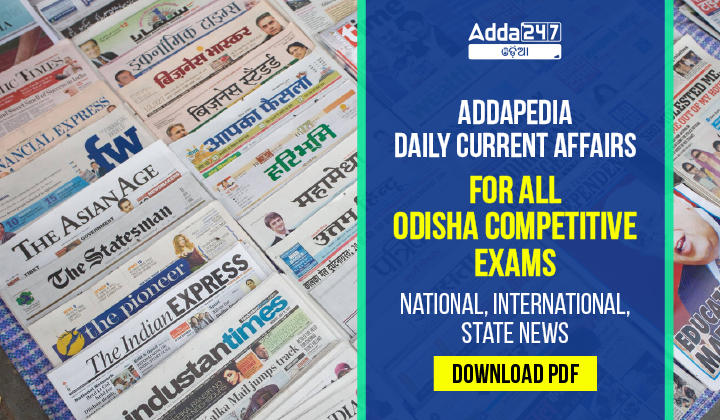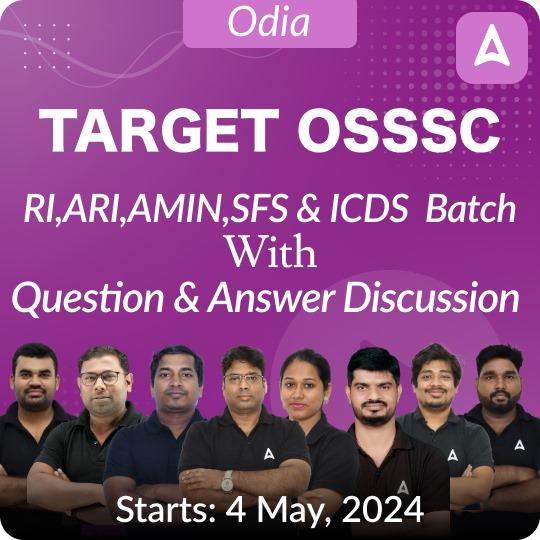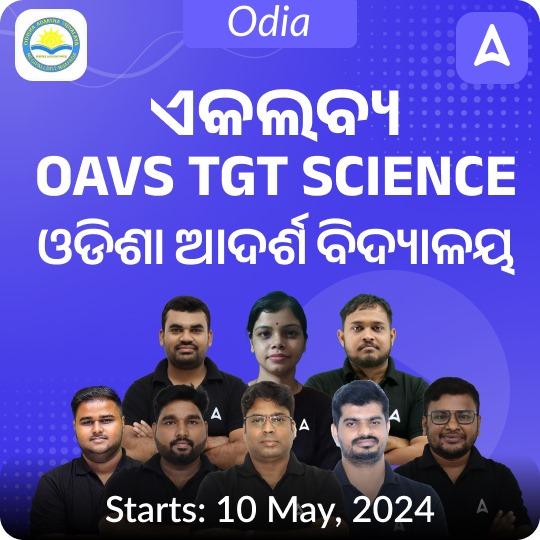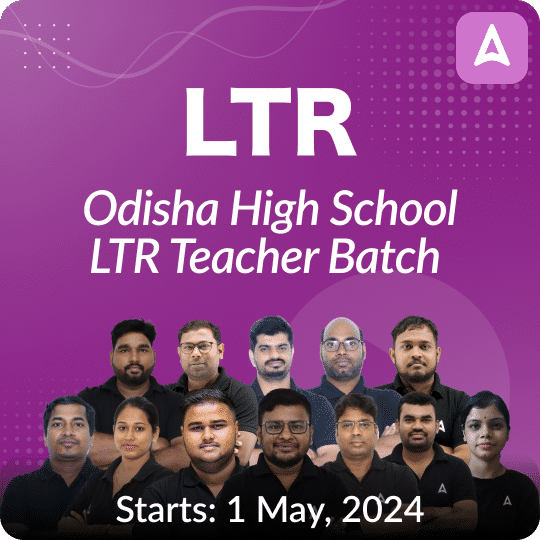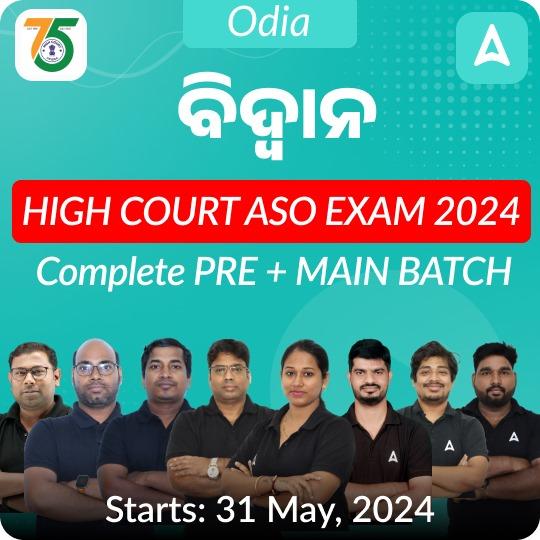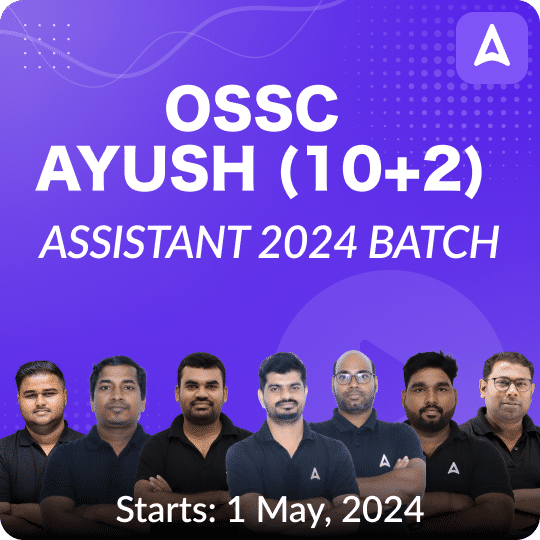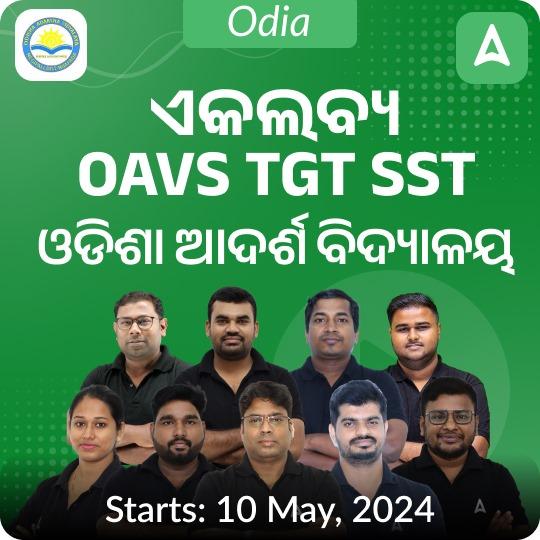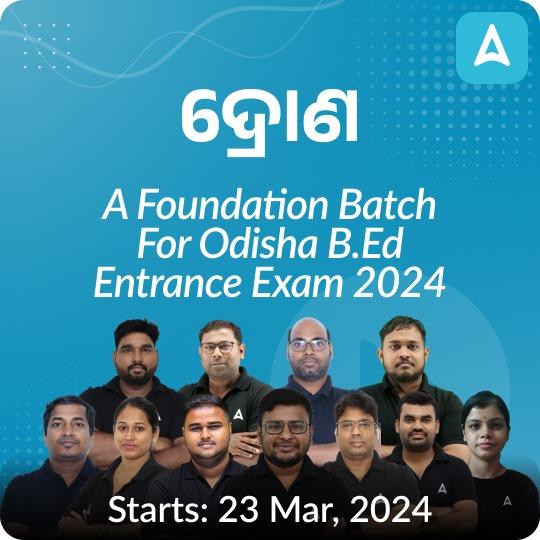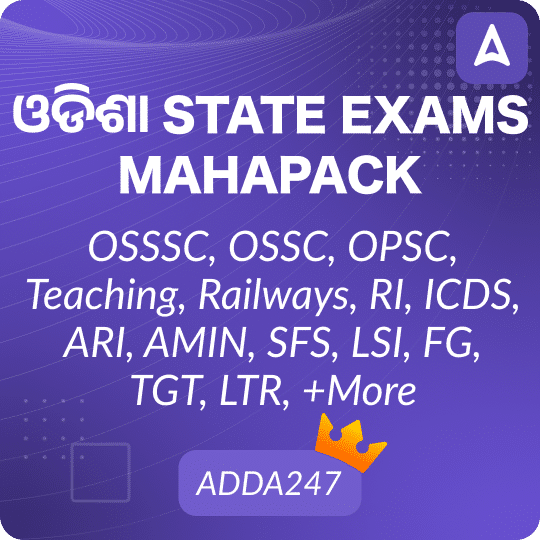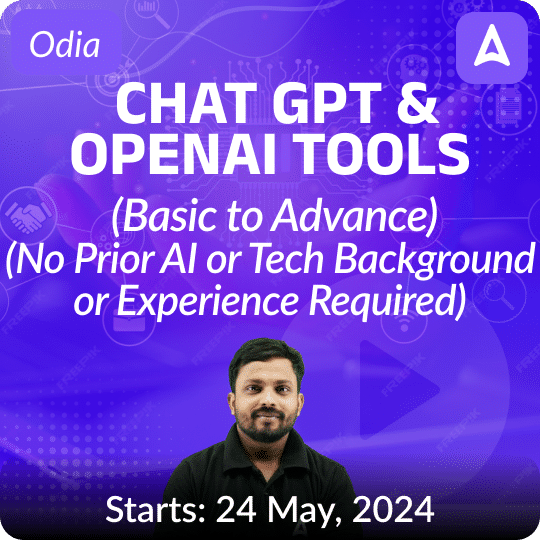As you are aware, in all competitive exams, the “Daily Current Affairs Section” holds significant importance in determining the cutoff scores. Therefore, if you excel in this section, you will have a better chance of achieving higher marks in these exams and securing a spot on the merit list.
Addapedia Odisha – Daily Current Affairs -19 September 2024
| National and International News |
| ‘One Nation, One Election’ |
Context:
- The Union Cabinet, on September 18, 2024, approved the recommendations for holding simultaneous elections to the Lok Sabha and State Assemblies.
- The high-level committee, led by former President Ram Nath Kovind, also suggested municipal and panchayat elections within 100 days of the general elections.
Kovind Panel’s Recommendations
Key Suggestions:
- The Kovind Committee recommended synchronizing elections by establishing an “Appointed Date,” notified after the first session of the Lok Sabha post-general elections.
- This would align Lok Sabha and State Assembly elections, with future elections held simultaneously.
Constitutional Amendments:
- The Committee recommended amending Articles 83 and 172 to extend the term of Lok Sabha and State Assemblies to align with simultaneous elections.
- A common electoral roll was also suggested, requiring collaboration between the Election Commission of India (ECI) and State Election Commissions (SECs).
Historical Context and Future Projections
Past Simultaneous Polls:
- Between 1951 and 1967, India held simultaneous elections, but this system was disrupted by mid-term elections.
Future Election Timelines:
- The proposal suggests implementing simultaneous elections starting in 2029.
- Various states will go to polls in 2025 (Delhi, Bihar), 2026 (Assam, Kerala, Tamil Nadu), and 2027 (Uttar Pradesh, Gujarat).
|
| 8th India Water Week (IWW) 2024 |
Context:
- The 8th India Water Week (IWW) was inaugurated by President Droupadi Murmu on 17th September 2024 at Bharat Mandapam, New Delhi.
Key points:
- IWW was first organized in 2012 and has since been held biannually.
- This four-day international water resources event, conceptualized by the Ministry of Jal Shakti, focuses on the theme “Partnerships and Cooperation for Inclusive Water Development and Management.”
- IWW serves as a platform for global experts, decision-makers, and stakeholders to deliberate on innovative approaches to water management.
|
| Next Generation Launch Vehicle (NGLV) |
Context:
- The Indian Space Research Organisation (ISRO) is set to develop a new, reusable, and cost-effective launch vehicle with high payload capabilities.
- This new initiative aligns with India’s ambitions for commercial viability and advanced space missions.
Cabinet Approval for NGLV:
- The Union Cabinet, led by Prime Minister Narendra Modi, has approved the development of the Next Generation Launch Vehicle (NGLV).
- NGLV will play a key role in the government’s vision for establishing the Bharatiya Antariksh Station and enabling Indian crewed lunar landings by 2040.
- This launch vehicle is designed to carry three times the payload capacity of the LVM3, at 1.5 times its cost, and incorporates reusability to reduce space mission expenses.
- NGLV will also feature modular green propulsion systems, contributing to its sustainability.
Key Features of NGLV:
- Payload Capacity: Up to 30 tonnes to Low Earth Orbit (LEO).
- Reusability: The vehicle will have a reusable first stage, significantly reducing operational costs.
- Comparison: India’s current launch vehicles like PSLV, GSLV, and LVM3 can carry payloads up to 10 tonnes to LEO and 4 tonnes to Geosynchronous Transfer Orbit (GTO). NGLV will offer a significant upgrade.
Bharatiya Antariksh Station:
- The NGLV will enable a wide range of national and commercial space missions, including human spaceflight missions to the Bharatiya Antariksh Station and lunar or interplanetary exploration.
- It will also support the launch of communication and earth observation satellites to LEO.
- The development of NGLV will boost India’s space ecosystem by enhancing both capability and capacity for future space missions.
|
| CHANDRAYAAN-4 Mission |
Context:
- The Union Cabinet chaired by Prime Minister Narendra Modi approved a new moon mission ‘Chandrayaan-4’, to develop and demonstrate the technologies to come back to Earth after successfully landing on the Moon and also collect moon samples and analyze them on Earth.
About Mission
- Chandrayaan-4 mission will achieve the foundational technologies capabilities eventually for an Indian landing on the moon (planned by year 2040) and return safely back to Earth.
- Major technologies that are required for docking/undocking, landing, safe return to earth and also accomplish lunar sample collection and analysis would be demonstrated.
Vision:
- The Government of India has outlined an expanded vision for the Indian space programme during the Amrit Kaal that envisages an Indian Space Station (Bharatiya Antriksh Station) by 2035 and Indian Landing on the Moon by 2040.
|
| Bio-RIDE Scheme |
Context:
- The Union Cabinet, chaired by Prime Minister Narendra Modi, has approved the continuation of two major schemes under the Department of Biotechnology (DBT), which are now merged into a unified scheme named ‘Biotechnology Research Innovation and Entrepreneurship Development (Bio-RIDE)’.
- A new component, Biomanufacturing and Biofoundry, has been added to this scheme.
Key Components of the Bio-RIDE Scheme
The Bio-RIDE scheme consists of three major components:
- Biotechnology Research and Development (R&D)
- Industrial & Entrepreneurship Development (I&ED)
- Biomanufacturing and Biofoundry
Objectives of the Bio-RIDE Scheme
The Bio-RIDE scheme aims to:
- Promote Innovation: Encourage innovation and bio-entrepreneurship to position India as a global leader in biotechnology and biomanufacturing.
- Enhance Research: Accelerate research and product development while bridging the gap between academic research and industrial application.
- Tackle Global Challenges: Address pressing national and global challenges like healthcare, agriculture, environmental sustainability, and clean energy.
Vision for Biotechnology Growth:
- The Department of Biotechnology (DBT) aims to position India as a global leader in biotechnology research, innovation, and industrial growth.
- It envisions making India a US$ 300 billion bioeconomy by 2030, with the Bio-RIDE scheme contributing to the larger goal of ‘Viksit Bharat 2047’.
|
|
|
| Kavach safety system |
Context:
- Kavach, India’s indigenous Automatic Train Protection (ATP) system, is set to be implemented on the East Coast Railway (ECoR) network.
- This advanced technology will significantly enhance train safety and reduce the risk of accidents.
How does Kavach work?
- Collision Prevention: Kavach uses onboard and trackside equipment to detect and prevent collisions between trains.
- Speed Control: It ensures that trains adhere to speed limits, preventing overspeeding and derailments.
- Signal Overlapping: Kavach prevents trains from entering sections of the track that are not clear, reducing the chances of signal lapses.
- Emergency Braking: In case of danger, Kavach can automatically apply emergency brakes to stop the train
|
| Odisha CM Welcomes ‘One Nation, One Election’ initiative |
Context:
- The Odisha CM welcomed the Union Cabinet’s nod to the ‘One Nation, One Election’ report by former President Ram Nath Kovind.
- He stated that the decision to approve the ‘One Nation, One Election’ policy will strengthen the security of the country.
About:
- The “One Nation, One Election” initiative is a proposed constitutional amendment in India that aims to synchronize the elections for the Lok Sabha (lower house of parliament) and the state assemblies.
- The goal is to reduce the frequent disruptions caused by back-to-back elections and streamline the electoral process.
|
| Minimum Support Price |
Context:
- The Odisha government has announced that farmers will receive a Minimum Support Price (MSP) of Rs 3,100 per quintal of paddy from the upcoming Kharif season.
- This is an increase of Rs 90 per quintal from the previous year’s MSP.
About:
- MSP is a price floor set by the government to guarantee a minimum price for certain agricultural products.
- It’s a safety net for farmers, protecting them from price fluctuations and ensuring a fair return for their crops.
- MSP provides a guaranteed income to farmers, especially in rural areas.
- The MSP is announced before the sowing season, and is based on recommendations from the Commission for Agricultural Costs and Prices (CACP).
- The Government of India fixes Minimum Support Price (MSP) for 22 mandated agricultural crops.
|
| Odisha govt begins process to identify people without homestead land |
Context:
- The Odisha government has initiated a process to identify individuals who do not own homestead land.
- The Revenue and Disaster Management department has asked all districts to prepare a list of leases given to homestead-less and landless people since 1947 under different provisions of law, schemes and guidelines at the earliest.
- This initiative aims to provide these individuals with the necessary land for constructing their homes.
- As per the plan, people in rural areas with an annual income below Rs 1 lakh and without a homestead plot will be allocated four decimal of land.
- If people reside on government land that is not classified as gochar (pasture land), jalchar (wetlands) or cremation grounds, the land will be officially settled in their names.
|
| Copyright © by Adda247
All rights are reserved. No part of this document may be reproduced, stored in a retrieval system or transmitted in any form or by any means, electronic, mechanical, photocopying, recording or otherwise, without prior permission of Adda247. |

